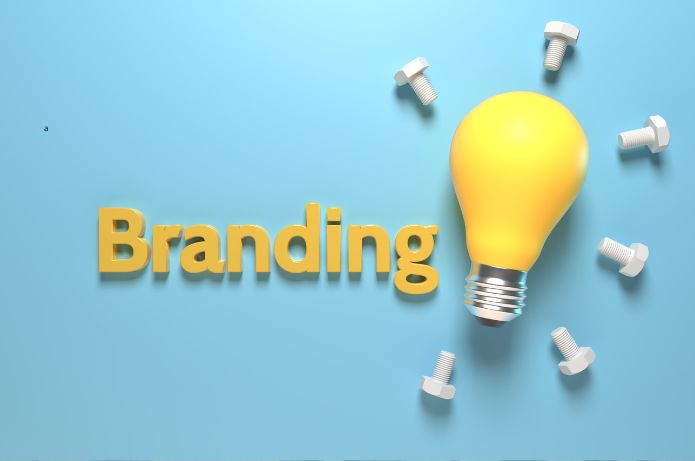The customer acquisition cost (CAC) has become one of the biggest challenges in retail. With increasing competition, market saturation, and changes in advertising platform algorithms, acquiring new customers has become more expensive, requiring more effective strategies to optimize long-term return on investment (ROI).
The rise of digital commerce has intensified this competition for attention and advertising space. Today, retailers compete not only with major players in traditional retail but also with marketplaces like Amazon and Mercado Livre, which impose high fees for sales on their platforms and heavily invest in marketing. In addition, the cost of digital tools, essential for conversion and personalization, also impacts companies’ budgets, making the situation even more challenging.
What is the result of such a complex equation? The final profit margin – the so-called bottom line – has been increasingly pressured in retail as managers seek to balance investments in growth with operational efficiency. Therefore, brands face high operating costs, increased competition, and a constantly changing consumer, making it difficult to maintain viable operations.
However, it is possible to achieve more profitable margins with strategies that increase conversion and reduce customer acquisition costs. One of the most effective ways to do this is through the smart combination of paid media and organic strategies, such as SEO and content marketing. But at this point, attention is required: the way these approaches are used makes all the difference in the results. Paid media, when poorly targeted, can become an expensive and unsustainable investment.
I like to bring an analogy from the fitness world: the exclusive dependence on paid advertising is like an athlete using steroids without proper training and nutrition. Growth can be fast but not sustainable, and the cost in the end is very high. In retail, this translates to excessive investments in Google Ads and social media sponsorships without effective control, resulting in a high CAC and compromising profitability in the short and long term.
On the other hand, organic marketing is a long-term strategy aimed at solid, efficient, and sustainable growth. Investing in SEO, relevant content, and organic ranking allows attracting qualified customers without the high costs of paid media, reducing the CAC, and generating a continuous flow of leads, resulting in more efficient conversions – like someone who decides to change their lifestyle and adopts a regular exercise routine and a healthy diet.
In short, when we talk about such a competitive market as retail, an investment model focused on efficiency and sustainability is the key to constant and profitable growth. For this, managers must be aware that personalized communication, use of data, and automation to optimize the customer journey, as well as retention strategies like loyalty programs are essential to reduce waste in advertising campaigns and maximize the bottom line in a balanced way. The pursuit of profitability can be challenging, but with the right methods, it is possible to achieve and expand.






